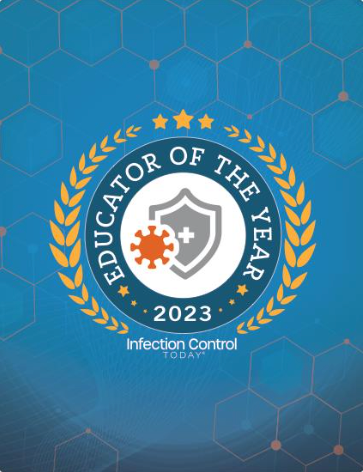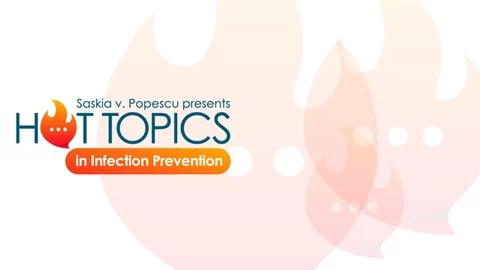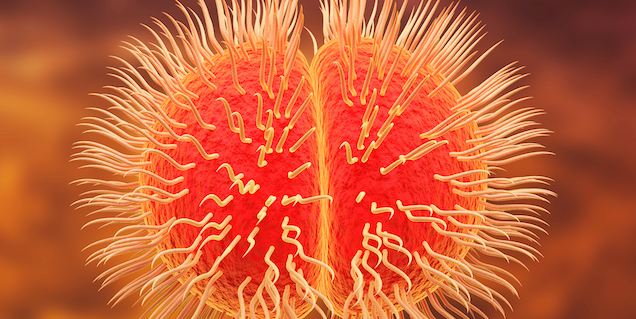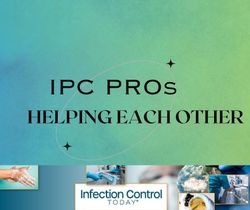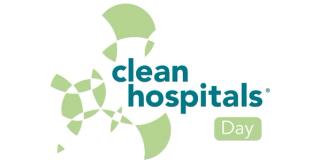
Surface Disinfection
Latest News
Latest Videos

More News

Visible-light continuous environmental disinfection system reduces microbial contamination and surgical site infections, as noted in an AJIC study. Experts explain the study and the technology.

Take 5 minutes to catch up on Infection Control Today®’s highlights for the week ending July 30, 2023.

Choosing the correct disinfectant can be difficult. This expert explains how to select the proper one.

Mold, a menacing presence that can grow within the walls of your facility, may be lurking and waiting to cause problems. Are you equipped to deal with it?

As an oversight agency for the Department of Health and Human Services, the Office of Inspector General is responsible for ensuring the safety and effectiveness of Medicare and Medicaid programs, with a huge priority being patient care. These toolkits provide additional guidance on how to avoid patient injury.

In this third installment of the interview, managers at Sage Memorial Hospital describe how the OhmniLab robots have become part of their team, complete with Navajo names.

Rates of health care-associated infections rose during the COVID-19 pandemic. Investigators have found that often the infections came from the patients themselves. But how?
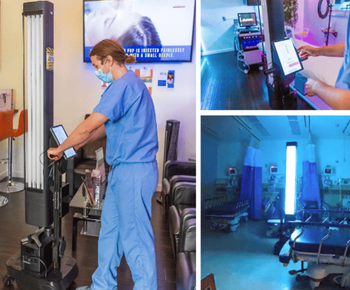
Because of the COVID-19 pandemic, the infection prevention field had to think outside the box they were used to. The Navajo Nation was no different. Outside their box, they found UV-C robots.

The recent increase in drug-resistant strains of Candida auris, causing mortality at rates as high as 60%, raises questions regarding the spread of this pathogen as a health care-associated infection, cleaning/disinfecting protocol, and treatment via antifungal drugs.

What is the CDC's Antimicrobial Resistance Funding map? A key opinion leader explains.

In this installment of IPC Pros Helping Each Other, how do IPs keep those in their facilities to remember essential infection control practices?

COVID-19, schools, and children are sensitive topics. Some worry about transmission in schools, while others don't see it as a concern. Which is it?

Take 5 minutes to catch up on Infection Control Today®’s highlights for the week ending June 4, 2023.

What is infection control and prevention like on the Navajo Nation? Find out in this first of 3 installments in a conversation with managers at the Sage Memorial Hospital, Navajo Health Foundation.

Antibiotics no longer work against many infections due to MDROs, causing more illness and death. What is antimicrobial resistance (AMR) doing to the environment?

Infection preventionists come from many different backgrounds. However, many left the field during the COVID-19 pandemic. It will require creative methods to preserve existing IP staff and educate those entering the field.

Legionnaires’ disease is a severe infection and fatal in 10% of cases.
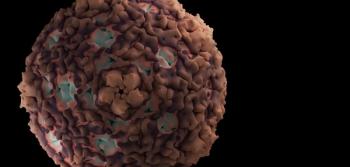
Bug of the Month helps educate readers about existing and emerging pathogens of clinical importance in health care facilities today.

“The public health emergency ending doesn't mean that infectious disease [threats] are over, whether from COVID-19 or otherwise.”

“It doesn't matter if the public health emergency goes away or not. Because we haven't taken advantage of the public health emergency over the last 2 years to understand and address the gaps quite apparent to every American out there.”
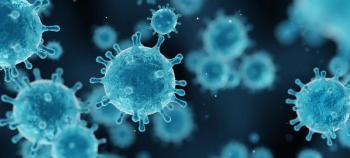
Establishing a permanent system for monitoring the persistence and emergence of dangerous pathogens is necessary, especially COVID-19.

To control C auris, focus on using antibiotics and improving diagnostics. New treatments in development offer hope for better management. This is the fourth and final installment in CDC's interview with the ICT.

CDC warns about Candida auris spreading if health care workers don't take preventative measures in an interview with Infection Control Today.

To prevent the spread of C auris, the CDC recommends that IPs and environmental hygienists play a critical role. In this interview, the medical scientists clarify what specific actions they should take.

To ensure the accuracy of the information concerning Candida auris, Infection Control Today has spoken with 2 medical scientists from the CDC.

